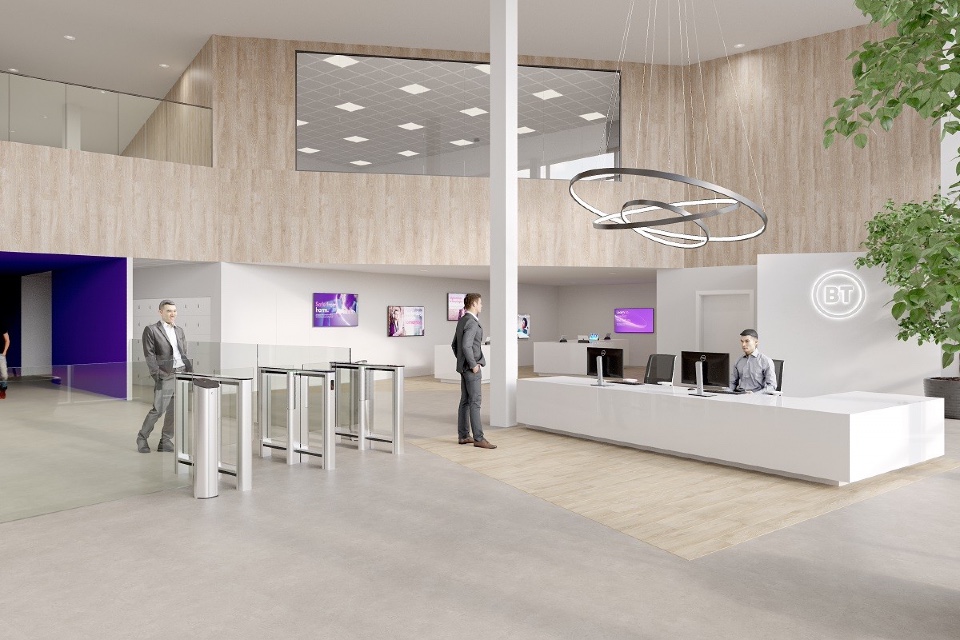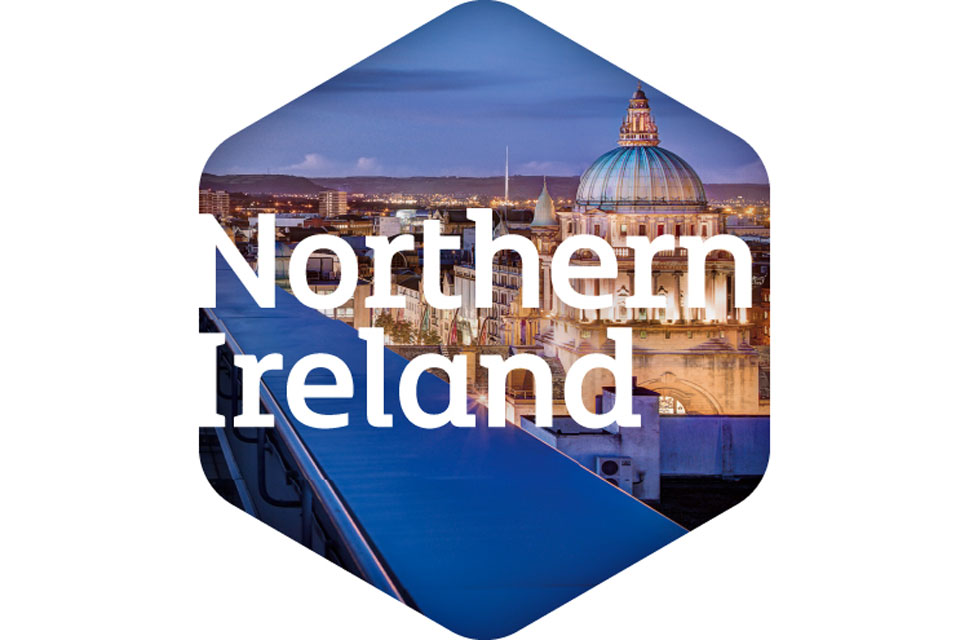BT commits long-term future to Plymouth contact centre
https://contactcentresummit.co.uk/wp-content/uploads/2021/02/BT-3.jpg 960 640 Stuart O'Brien Stuart O'Brien https://secure.gravatar.com/avatar/81af0597d5c9bfe2231f1397b411745a?s=96&d=mm&r=gThe EE contact centre in Plymouth is set for a multi-million refurbishment as BT commits its long-term future to the city as part of plans to invest in a complete refit of its facility there.
The centre – located in Langage Business Park, Plympton, and one of the largest employers in the area – will undergo a full refurbishment to modernise it and create an improved workspace for the 900 or so colleagues based there.
While the majority of contact centre colleagues based in Plymouth – and at other locations across the country – are still working from home during the pandemic, the company is continuing to invest in new and modern workspaces as part of its ‘Better Workplace’ programme.
At the start of the Coronavirus outbreak, the company introduced new systems to equip contact centre colleagues, who wanted to work from home temporarily, with the technology, security and equipment to do so.
Plymouth is one of the company’s largest contact centres and employs hundreds of customer service advisors, providing support to customers across the UK.
BT’s consumer contact centres now handle 100% of customer calls in the UK, including at EE’s contact centre in Plymouth. Since customer service for BT, EE and Plusnet customers was brought back to the UK and Ireland last year, more than 34 million calls have been handled.
Work on the refurbishment is due to start in the summer and will be phased to make sure there is no impact on customers or colleagues. The project is expected to last around twelve months and will involve local contractors and suppliers, where possible.
EE, part of BT Group, opened the Plymouth contact centre in 2000 and the company says the investment highlights its future commitment to the location and the wider region.
Nick Lane, managing director for consumer customer services at BT, said: “We’re excited about the plans to refurbish our Plymouth contact centre. It’s an important location for the company and will be the first EE contact centre in the country to benefit from one of our new future-fit workplaces.
“While most colleagues are still working from home due to the pandemic, we’ll be working with them to help create a modern, innovative workspace we can all be proud of. The buildings in which we work play a huge part in how we feel.
“Colleagues in our contact centres have played a really important role during the Covid-19 pandemic. They’ve done a fantastic job making sure our customers have been able to stay connected with family, friends and work during this difficult time.”
BT Group is a major employer in the South West of England, directly employing more than 8,000 people, including this contact centre. According to a new independent report published this week, BT Group’s combined activities in the South West adds nearly £2 billion to the region’s economy and supports more than 17,000 jobs through direct and indirect effects.




